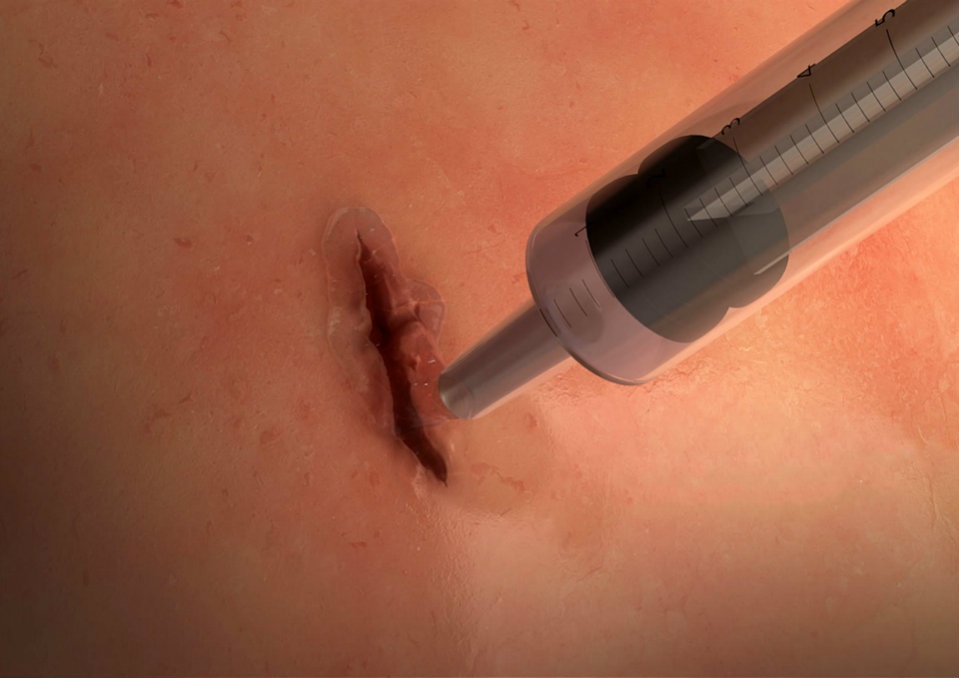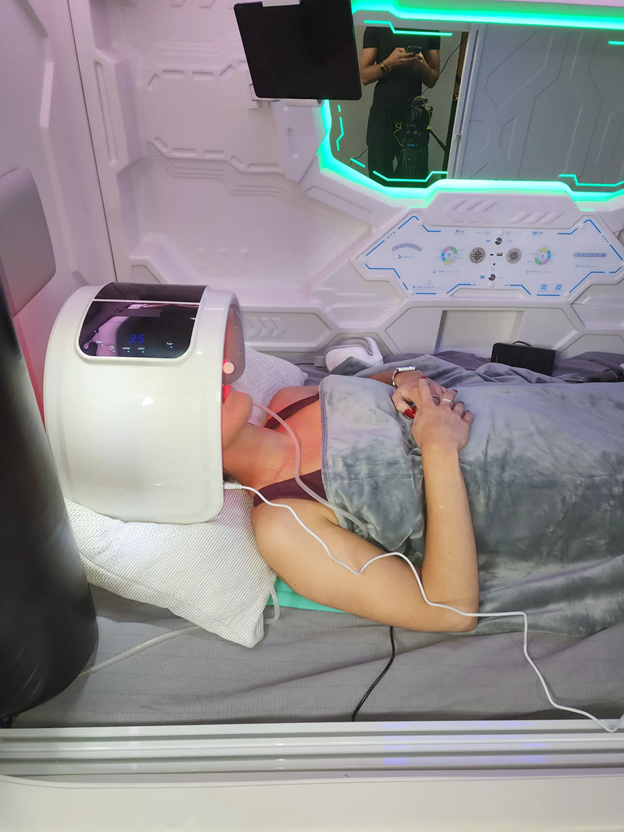
Skin Glue
Skin glue is a special type of medical adhesive and is suitable for both adults and children. It joins the edges of a wound together, while the wound starts to heal underneath.
Medical professionals may use skin glue to close wounds instead of other more traditional methods, such as like skin staples, stitches (sutures) of adhesive tape.
Table of Contents
When can skin glue be used?
Skin glue is generally used for simple cuts or wounds that are relatively small or minor and are less than 5cm long. It is often used in procedures such as hernia operations, skin lesion removal, vasectomies and laparoscopies.
When is skin glue not used?
Skin glue isn’t suited to use with some types of wound, for example those with jagged or uneven edges. It also can’t be used for wounds that are still bleeding, are particularly deep or that are ulcerated. Infected wounds, puncture wounds and animal bites are also not compatible with the use of skin glue.
How long does skin glue stay on for?
Skin glue is applied as a liquid or paste to the edges of the wound and takes only a few minutes to set. It typically peels off by itself in 5 to 7 days.
What is good advice to give to patients who have had their wound skin glued?
Patients need to be informed about how to look after their wound to ensure safe, effective healing. They should be told not to touch it for at least 24 hours and to keep it dry for 5 days after surgery. Soaking the wound is best avoided which counts out baths for a while, but showers are better if the wound can be covered up. For wounds on the head a shower cap is ideal, and there are various plastic sleeves on offer for arms and legs too. Again if the wound is on the head or neck, patients should refrain from washing their hair for 5 days.
If the wound does get wet, patients should be told to pat it dry with a clean towel and not rub it; they could make the area very sore or even open the wound up again.
Patients may find it tempting to pick at the glue, or to put cream or lotions on the skin if it feels dry. Both of these should be strongly discouraged to allow the wound to heal and to limit the chance of infection. No plasters should be put over the glue either – it needs to be out in the open. Loose clothing should be worn for comfort and to avoid friction, and if the wound is on the head, neck or ears they should be very careful when using a hairbrush.
When should further medical advice be sought?
If the patient’s wound splits open or begins to bleed, or if you suspect an infection, further treatment will be urgently required.
There are some important signs to look out for when it comes to infection too. Wound infections can be extremely serious and may lead to sepsis which is a medical emergency and can quickly become fatal. This makes it crucial to recognise the signs.
Patients displaying any of the following symptoms should visit a doctor or hospital immediately:

- The wound is very itchy, red or swollen
- The wound is oozing blood or pus
- It’s extremely painful or hot to touch
- The patient has a temperature of 38C (100.4F) or over
- The patient appears unwell with flu-like symptoms
Are you a healthcare professional who advises patients on caring for wounds that have been skin glued?
If so, you may well find our two scheduled CPD courses Minor injury essentials: accredited by the RCN Centre for Professional Accreditation and Minor surgical procedures helpful.
There are various dates available on both courses throughout spring and summer 2020 and are held either at St. Bart’s Hospital or UCH Education Centre in London. Both covering the essentials of skin glue and wound healing, they’re ideal for nurses, midwives and other healthcare professionals looking to brush up their knowledge.
The Minor injury essentials course is worth 21 hours of CPD spread over 3 days whilst Minor surgical procedures is a one-day course of 7 hours. Both tend to fill up quickly though so make sure you sign up today!






